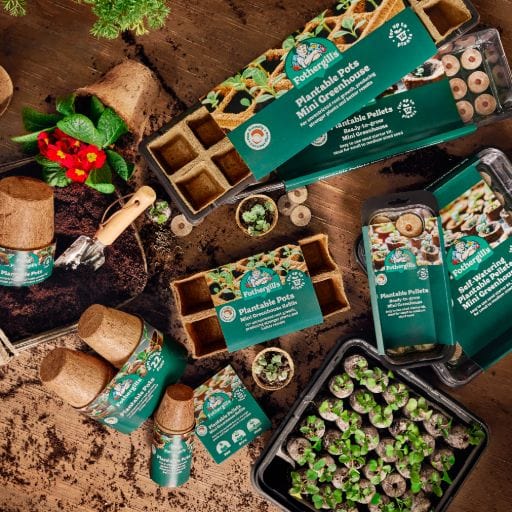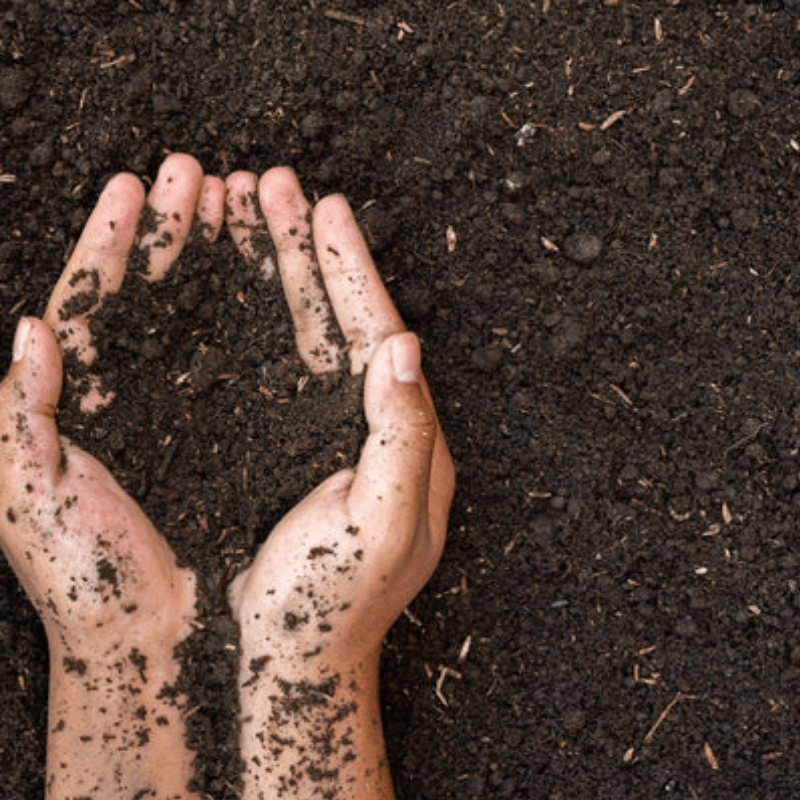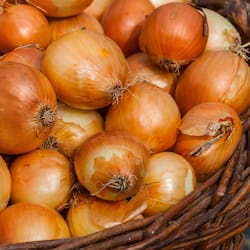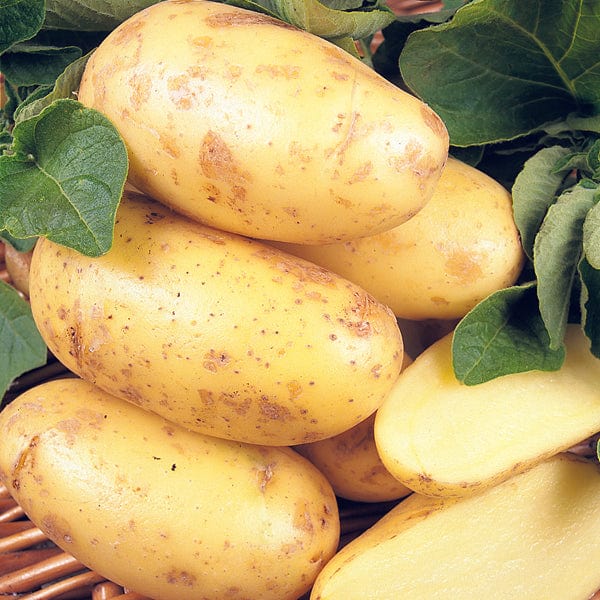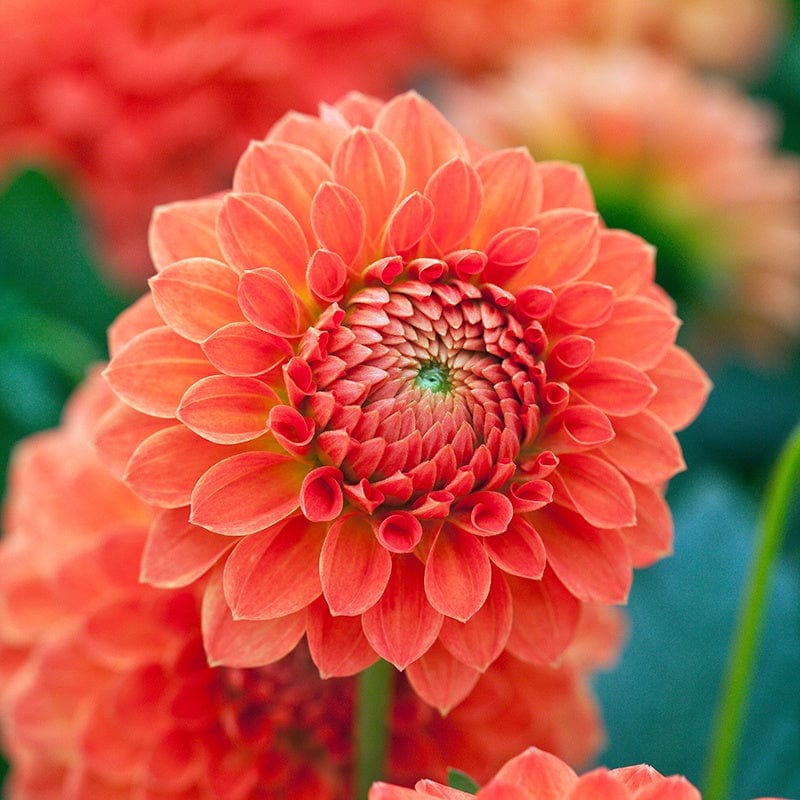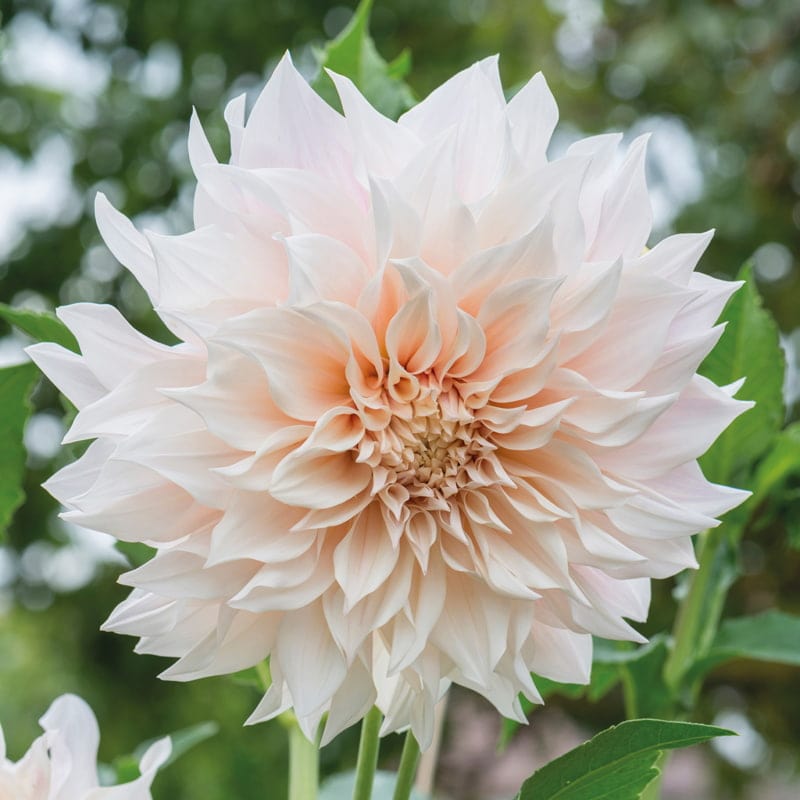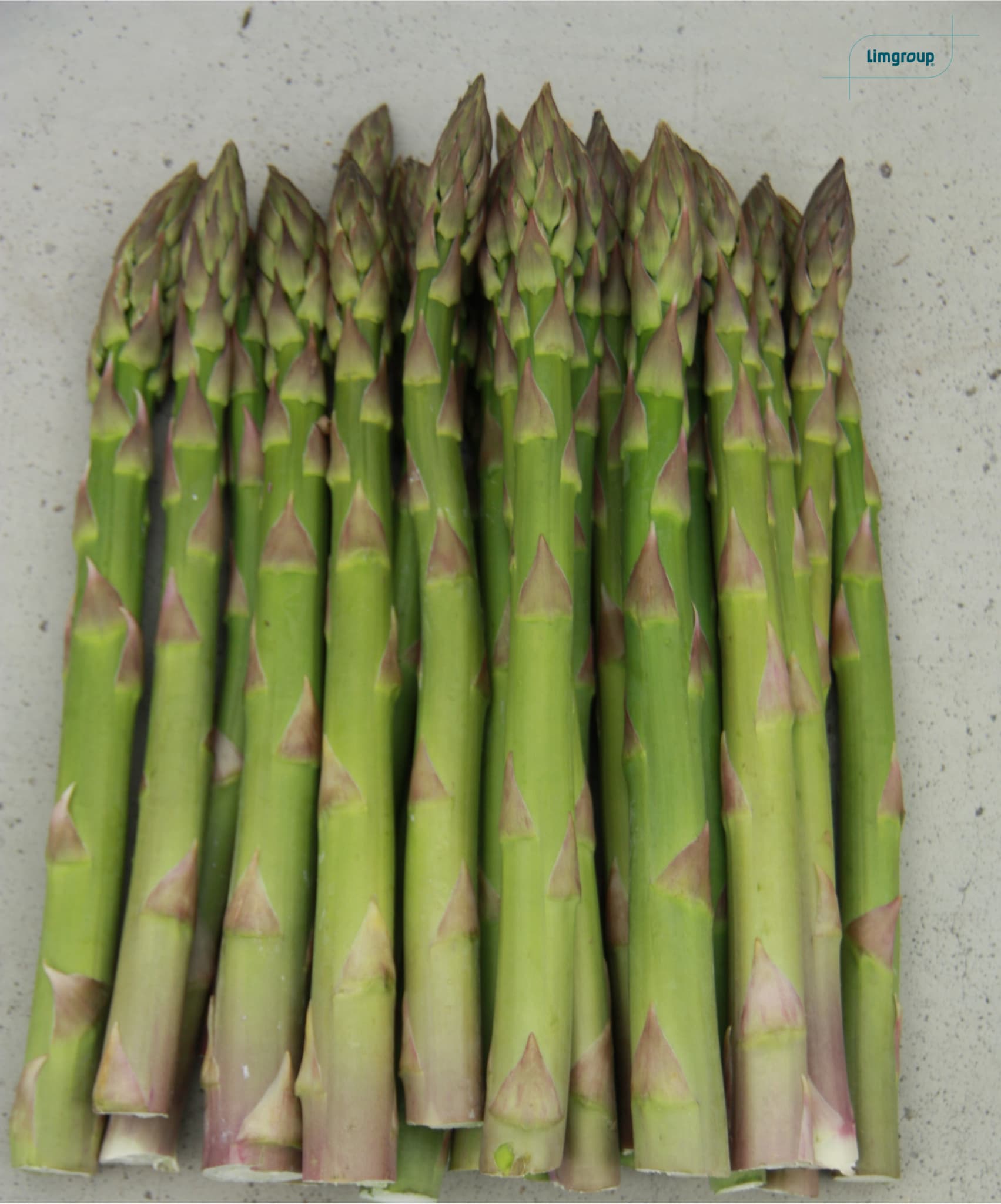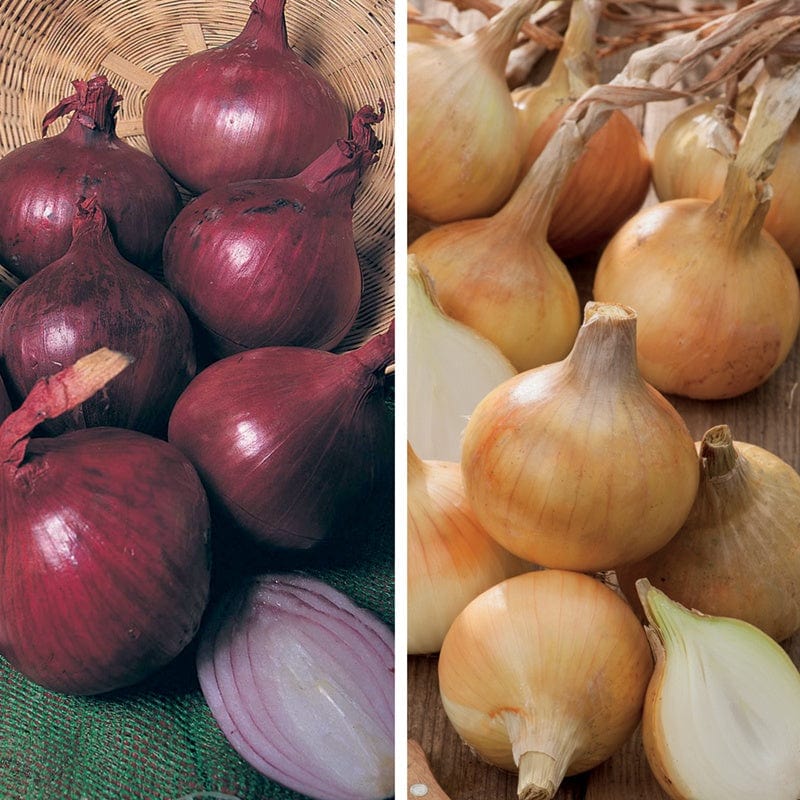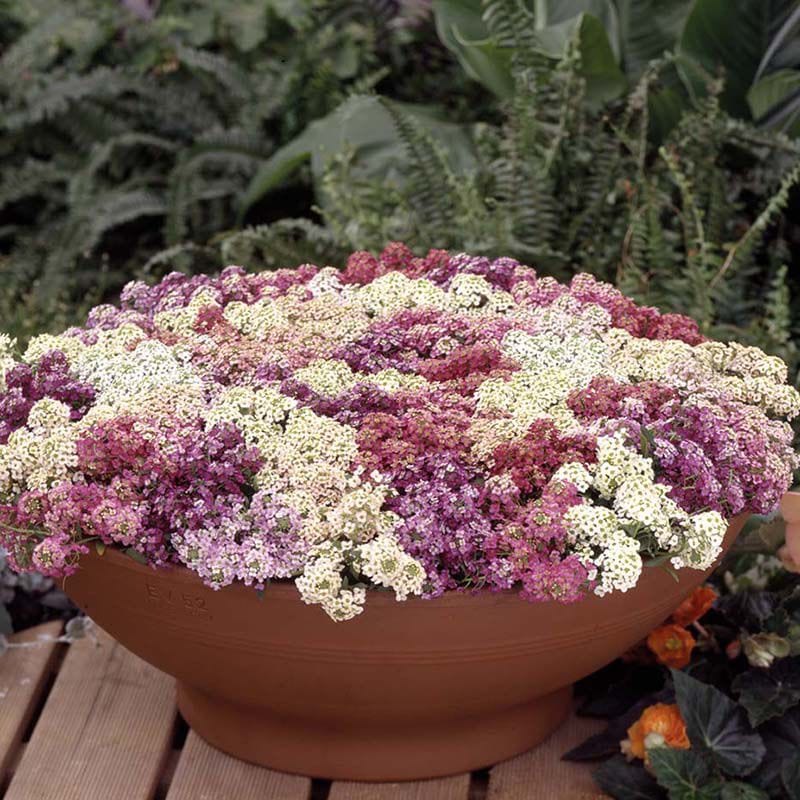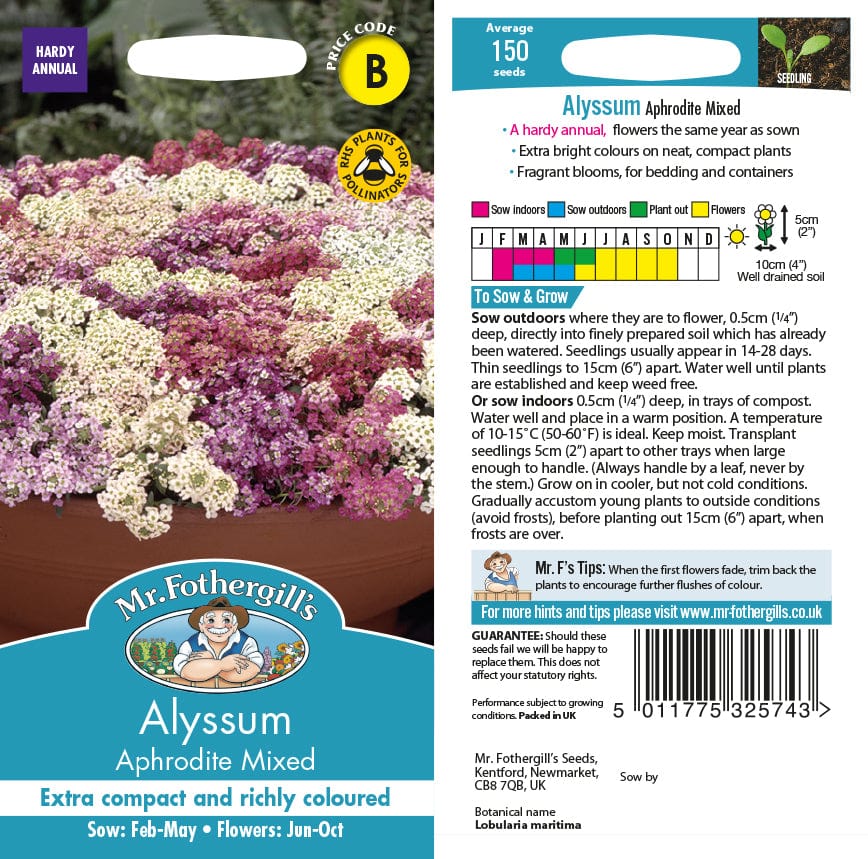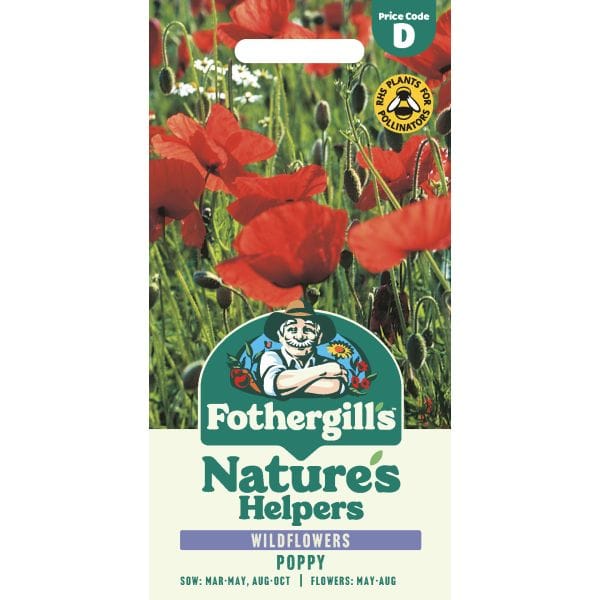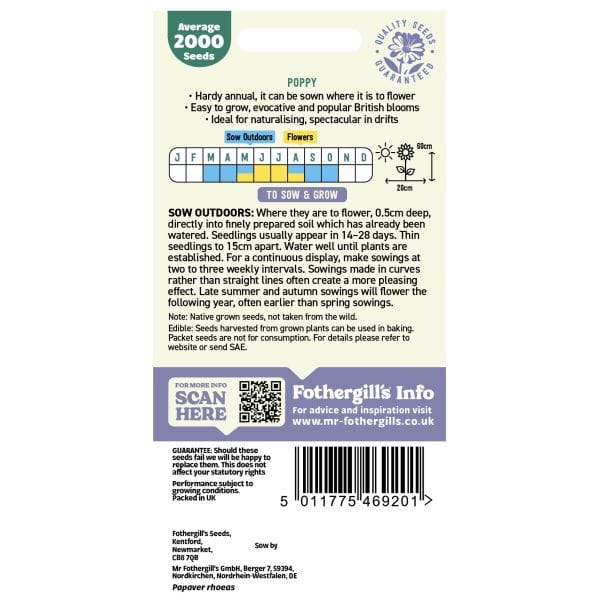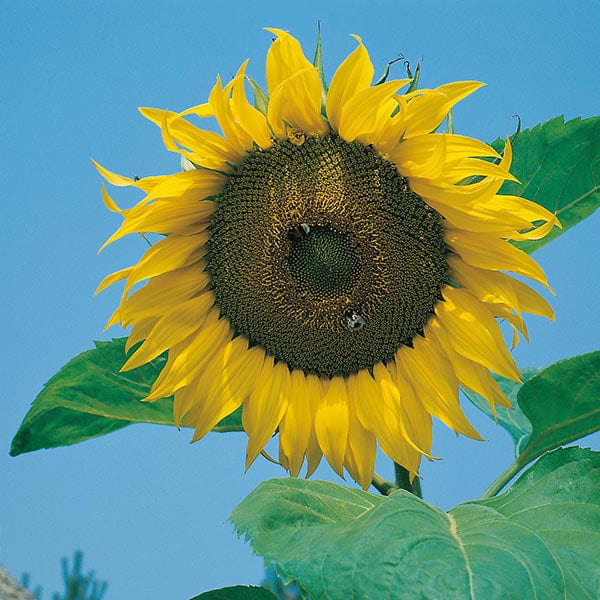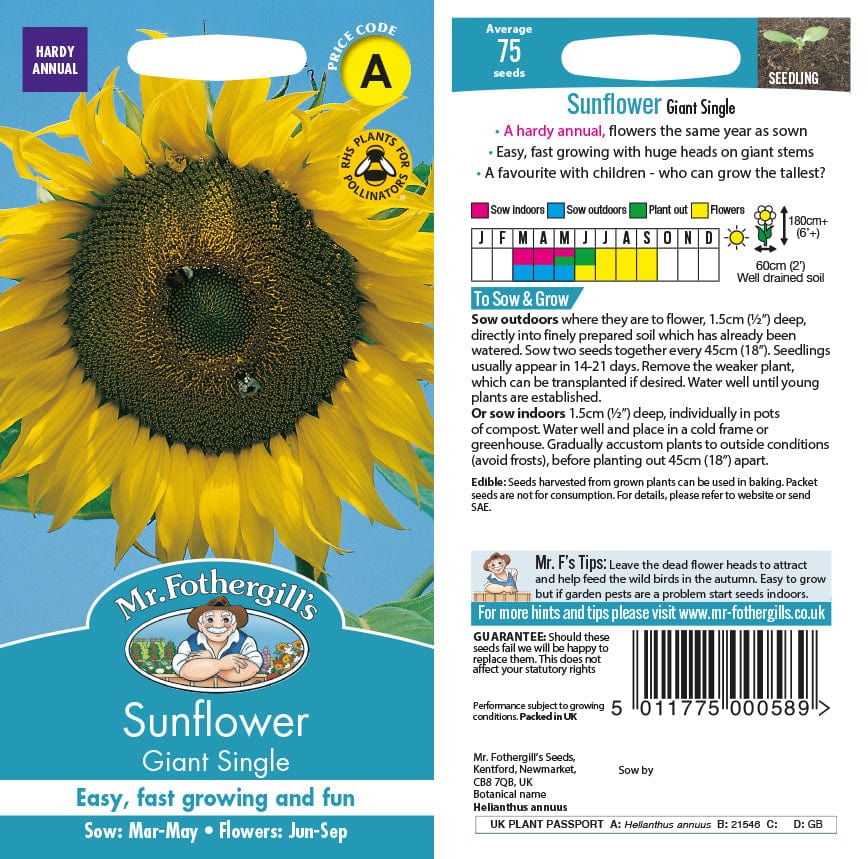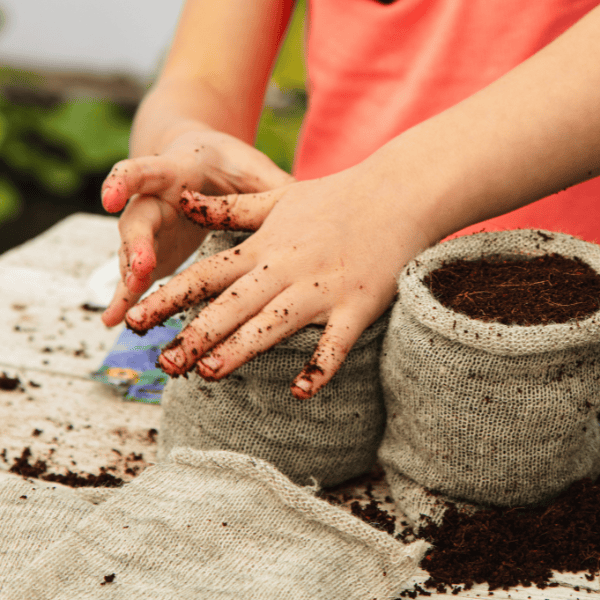Things really step up in the garden through May. For much of the country, the threat of frosts is gone by the middle of the month meaning planting for summer can really begin though the further North you are the longer you’ll have to have frost protection at the ready – even into early June for parts of Scotland.
For those without indoor space for early sowings, this is the month to sow outside in earnest – pretty much all hardy annuals and even the half-hardy types can be sown outside this month in the warming soil. Those that do make an early start will have window sills, cold frames and greenhouses brimming with young plants waiting to go outside.
Whether you have flower and vegetable sowings to undertake, young plants to prepare for planting or are simply looking for some green-fingered inspiration for the month ahead we’ve got some simple pointers for what to plant in May and ideas to get your plants and garden set for summer.
Preparing Young Plants for the Garden
With the UK’s unreliable climate, knowing what flowers to plant in May in the UK can be tricky. Plants raised under glass or on windowsills will be looking lush and ready to plant through May but their soft growth is not ready for those outdoor conditions. Some acclimatisation is needed for successful establishment in the garden.
Plants should be placed outside by day (unless conditions are really cold, wet and windy) and brought back under cover in the evening over a 10-14 day period adjusting them to cooler temperatures, lower humidity and increased air movement. This toughening up process is called ‘hardening off’. All young plants started from seed or plugs this spring and any plants overwintered under glass should go through this process. Even plants classed as ‘hardy’ will need this treatment to establish them outside.
Keep new plugs under cover
Any plants delivered in late April and those due to arrive this month should remain on the windowsill or in the greenhouse until early- to mid-June giving them time to grow to a suitable size for the garden. Plug plants destined for borders and veg patches can be grown on in small pots or cell trays. Plants for the patio can go directly into their final containers if you have room for them in the greenhouse.
What Flowers to Plant in May
- Spring perennials – get a second flush of colour from early flowering perennials by cutting out flowered stems to encourage strong regrowth.
- Move spring flowering violas to shadier parts of the garden for continual displays through summer. Cut back plants by half and offer a feed – they’ll bounce back within two weeks or so for a really strong summer show.
- Keep on top of seasonal growth on climbers. Tie in new stem growth with wire or twine. New shoots on self-clinging types can be tucked into their support frames to keep the summer display neat and tidy.
- Cut back trailing spring flowering alyssum and aubrieta as blooms fade to keep the plants tidy. Use shears to cut back hard which will encourage a new tight cushion of foliage growth.
- If fading spring flower bulbs are in the way of your summer planting plans, lift them once flowers fade. Drop them into pots of compost and allow them to die back naturally before storing in cool dark conditions for replanting in autumn. If leaving in place remove spent flowers but allow foliage to die back naturally. You can also apply a dressing of sulphate of potash to build up their energy stores for next spring’s display.
- Mulch around mature trees, shrubs and perennials to retain soil moisture.
- Direct sow hardy annual flowers right through May
- Direct sow half hardy annuals in the second half of the month. Sowing directly into their flowering position is particularly useful when it comes to these, as they are a garden favourite, but generally do not like being transplanted from pots to soil. Far better results (albeit later flowering) will be had by sowing them in situ where roots can grow undisturbed.
What to Prune in May
If you’re hoping to keep your plants strong and healthy through the summer months, it’s important to add pruning to your list of May garden jobs.
The majority of spring flowering shrubs flower on the previous year’s stem growth, pruning them lightly this month as flowering finishes gives them a full season to put on new shoots that will carry next spring’s flowering display. Most will only need a bit of a tidy-up to remove old dead stems and flower heads.
When it comes to pruning your perennials, the ‘Chelsea Chop’ is the way forward. Late Spring is the perfect time to control the shape of your perennials in order to extend their flowering period and keep them healthy and free to flourish.
No matter the variety all pruning cuts are best made just above a healthy bud point using clean sharp secateurs. Loppers or a pruning saw may be needed on thicker old stems. Take a look at our fantastic range of Darlac tools to best look after your garden this May. Once you are happy with the overall size and shape of the shrub you can get among stem bases to remove up to a quarter of the older wood, improving airflow and light penetration to the centre of the plant.
Common shrubs to prune now:
Fun May Garden Jobs
Who said your garden plants had to stay in the ground? Create your very own hanging veg garden and cover your garden from top to bottom in greenery.
PLANTING PROJECT: Create a hanging veg garden on the patio
The warm sunny locations often reserved for hanging basket displays are ideal places to grow a wide range of fruits and vegetables –simply swap your summer basket flowers for your favourite summer crops.
Many fruit and vegetable plants have pretty flowers so you don’t have to give up on good looks - your edible displays can be as pretty as your floral ones!. Don’t forget that many flowering plants have edible blooms too so you really can get creative.
What to grow in a hanging basket:
Salad leaves, herbs, tomatoes and strawberries are obvious choices for hanging baskets and containers but there is a surprising range of dwarf vegetable varieties across our whole range that will give great results and easy pickings in baskets.
Tomatoes are the most popular basket vegetable by far and there is still time to sow seed or pot up some plug plants this month. Look out for bush types listed as ‘determinate’ varieties – Tumbling Tom, Garden Pearl and Cherry Falls are some of the best for basket use.
Planting by numbers:
Tomatoes should be grown one per basket as should aubergines and cucumbers. Two or three of the smaller pepper and chilli varieties can be grown together while five is a good number for strawberries. Salads and herbs grown for ‘cut and come again’ use can be planted thickly. You could even plant six or so standard pea & bean plants and let them trail to the floor.
Veg Basket Planting tips:
- Always use the biggest hanging basket available to you. Small baskets dry out quickly in the summer heat and restrict plant growth.
- Most veg plants will thrive in multipurpose compost but longer-lasting, perennial fruit plants like strawberries will appreciate a 50:50 mix of multipurpose and feeds or fertilisers.
- It is best to plant hanging baskets by variety for ease of care – salads in one, runner beans in another etc. but it is always fun to get creative so do try mixing things like salad leaves, beetroot, carrots and nasturtiums together in one display.
- Crops grown in baskets will need regular watering and feeding to maintain healthy growth. Mix slow-release vegetable feed with compost at planting time. Fruiting vegetables like tomatoes, chillies and peppers will need regular liquid feeds through the season for the best yields.
What Vegetables to Plant in May in the UK
When it comes to the veg patch, there are a few things you should know to make sure that your garden can thrive in May and the months that follow.
- Planting: All hardy veg plants raised under glass through spring can be hardened off and planted out this month.
- Sowing: As your first plantings of quick cropping hardy vegetables go out make your first successional sowing alongside them. It is better to sow your favourite vegetables little and often in short rows or small patches to avoid a glut of produce. Sowing every two weeks or so through to mid-July ensures fresh crops every two weeks or so through summer and into autumn.
- Plant supports: Ensure climbing supports for peas are in place before growth really takes off this month. Supports can also be organised for runner beans and climbing beans ahead of planting in late May or early June.
- Plant Protection: Wild birds are a delight in the flower garden but can become a real nuisance on the veg plot. It’s good to have an array of plant protection equipment ready to hand at the start of the season – it always pays to be proactive rather than reactive.
Fruit cages and tunnel netting are the best options for keeping hungry pigeons off your brassicas and blackbirds off your strawberries and raspberries but if looks or cost are an issue you might want to try these prettier cheaper alternatives:
- Old CDs – hanging reflective CDs in fruit trees is a common bird-scaring device but it can also be used elsewhere on the veg patch. Use string or wire to hang them on or between plant supports.
- Scarecrows - This traditional bird-scaring method can be a bit hit and miss but they are fun to make with the family and add a touch of fun to the plot too. The trick is to add an element of movement to your design. The easiest way to do this is to leave the arms unsupported so they can flap in the wind.
- Warning colours – red is the colour of danger and will keep many bird species away from crops but most bright colours and reflective materials should help keep birds at bay. Set lines of string over crop tops and hang with strips of red material or tin foil.
In the Greenhouse/ On the Windowsill
Sow frost tender summer vegetables under glass this month ready to plant out in early/mid-June once conditions are right. With hardier plants being moved outside in the coming weeks fill the space with pots and trays of the following vegetable seeds:
- French bean seeds
- Runner bean seeds
- Sweetcorn seeds
- Pumpkins and Squashes
- Courgette
- Cucumbers and Gherkins
Final planting for greenhouse crops
Early sown tomatoes, chillies, peppers, cucumbers, melons, etc. can all be planted into their final pots, grow bags or border positions in the greenhouse. The tomatoes, cucumbers and melons in the Mr Fothergill’s polytunnel are planted into 10-litre pots and grown this way to harvest. Chillies and peppers are best set into 3 litre pots then set on top of grow bags to root into the compost below. These methods consistently encourage excellent yields and plant vigour.
Sowing flowers
You can continue to sow hardy and half-hardy annual flowers inside but to save on maintenance you may prefer to start sowing outside. This will free up space for early sowing of biennials and perennials for planting out in autumn or next spring.
6 essentials tasks for the greenhouse
Ventilation
Open greenhouse doors and windows each morning. Daytime temperatures can still fluctuate in May – think about adding automatic openers to the roof and louvre windows so they close when temperatures drop too low. At this time of year, it is still important to close windows and doors each evening.
Raise Humidity
With good ventilation, it is safe to raise humidity around greenhouse plants helping to keep them cool during the hottest part of the day. Wet all hard surfaces each morning. The water will evaporate and raise the humidity level around your plants.
Shading
Young plants growing under glass can quickly frazzle under direct summer sunshine. This can be prevented with shade paint or shade netting added to the south side of the greenhouse. Newspaper can also be used as a temporary fix.
Heating
There should be no need for daytime heating in May but in case of overnight frosts it is worth keeping an electric heater on its frost guard setting or setting a paraffin heater in place each evening through to June.
Water Wise
Prevent potted plants from drying out during the day by setting them in trays lined with capillary matting. If pot compost dries water is drawn up from the soggy matting via the pot drainage holes.
Pest Watch
Set sticky yellow traps just above the foliage of greenhouse plants to keep an eye on potential pest problems. As soon as troublesome pests like aphids or whitefly are spotted action can be taken before a major problem occurs. Have appropriate spay controls ready on hand or be ready to order biological controls.
Get in Touch
We’re excited about planting the seeds of plenty of gardening ideas to help get the whole family involved in your outside space! Gardening is for everyone! So let us help you and the kids blossom into green-thumbed growers as you watch your tiny, tiny seedlings reach their full potential in your very own garden.
Whether you’re keen to create a vibrant playground for bees and butterflies with our range of flower plants or show the little ones just how rewarding it is to watch your veg seeds make their way all the way from the ground to the kitchen, Mr Fothergill's has got all of your gardening essentials to get you started.
If you have any further questions about what to plant in May, May garden jobs or any of our gardening products, don’t hesitate to contact us or take a deeper dive into our gardening blog!












